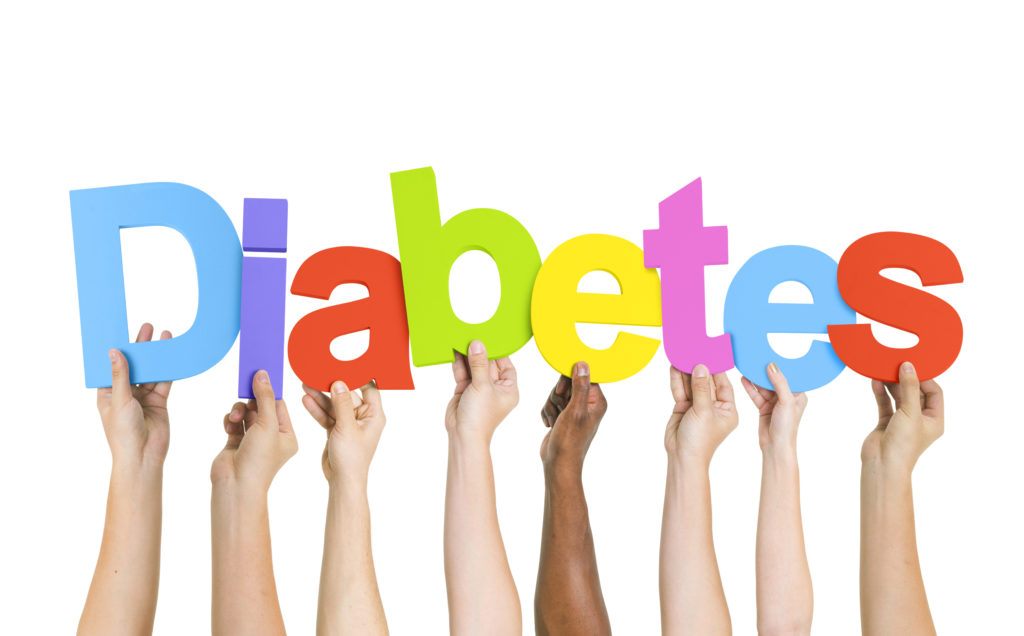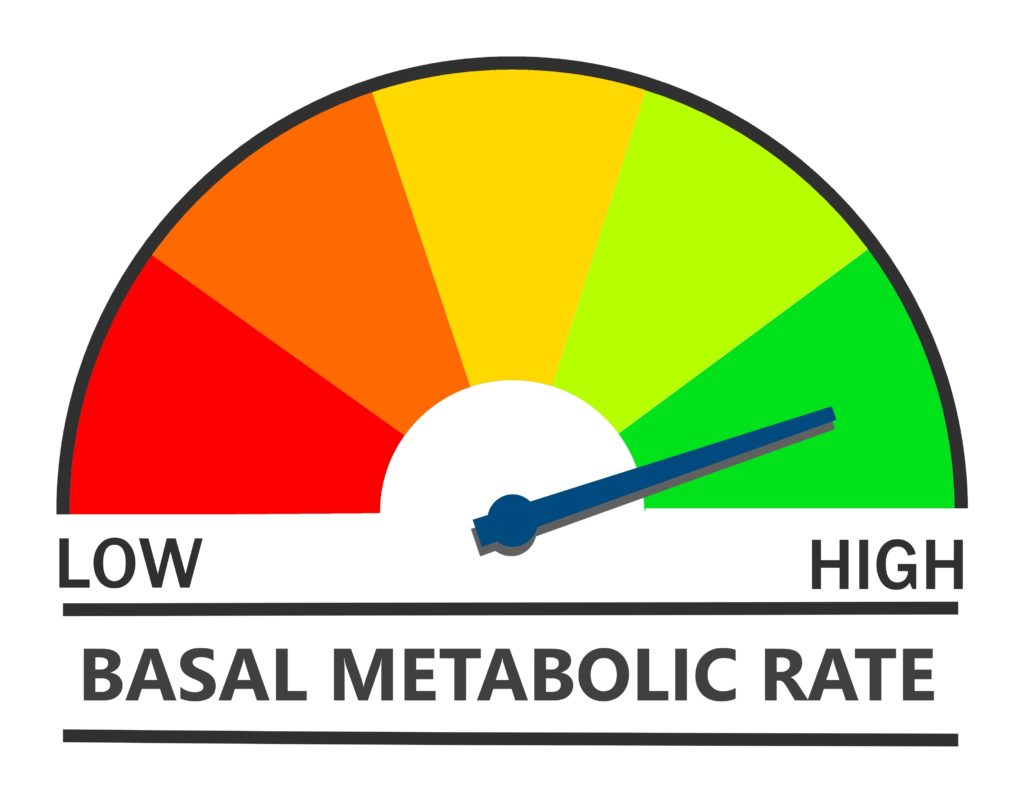If I had a nickel for every time, I asked myself, “How many calories do I burn in a day?” I’d be a very wealthy person. The facts are that we are burning calories all day long.
Whether walking to the car in the morning or doing the dishes after dinner at night. Calories are constantly being burned. Your body even burns calories when you are asleep. So, I guess if you slept all the time and never ate, you would burn all the calories you need to lose those extra 40 pounds.
Really though, the correct question we should all be asking ourselves is this, “How can I maximize my calorie burn throughout the day?” Everyone wants to know the best ways to burn calories. The truth is that there are about as many ways to burn calories, as there are ways to ingest them.
However, the most effective way to burn through those unwanted calories takes a little more work.
Exercise:
Exercising is a fantastic way to not only keep your body healthy but keep your mind healthy as well. Combine exercise with a well-planned eating strategy and you are on your way to a healthy and happy life. Here are some numbers that will give you an idea of what you need to do on a daily basis.
A pound is equal to 3500 calories, so if you want to lose one pound in 7 days, you need to take in 3000 calories a day. That is 500 less calories a day for 7 days, which equals 3500 calories or one pound lost. If you didn’t do any exercise at all you would still lose 1 pound in a week if you stayed on the 3000-calorie diet.
Of course, we know that there has to more to it that that. I mean, I could eat nothing but candy bars and chips and as long as I stayed at 3000 calories, I would lose weight. The problem with that kind of thinking is that only eating ice cream and chips is not all that healthy for you.
The best way to lose weight quickly and consistently is through exercise and there are 2, types, aerobic and anaerobic. Aerobic exercises utilize large quantities of oxygen. When introduced to a complete workout, aerobic exercise is a key component to burning fat. Aside from enjoying increased stamina, you’ll have plenty of extra energy and you will tone your body quickly.
Overall, you’ll be burning about 200 to 500 calories an hour with aerobic exercise. Some examples of aerobic exercises include: Rowing, Running, Kick Boxing, Cycling, Swimming, Brisk Walking and Cross-Country Skiing. Anaerobic exercise, which means without oxygen, are high in intensity and take a relatively short time to complete.
Compared to aerobic exercises, anaerobic exercises will often burn calories quicker. The downside, however, is that you won’t burn as much fat because you are depriving your cells of oxygen. Oxygen is needed to burn fat and when your muscle cells don’t have enough oxygen being pumped to them, through the bloodstream, they will switch over to burning off carb calories instead.
Some examples of anaerobic exercises include: Lifting Weights, Strength Training, Sprinting, Push Ups and Pull Ups. A well-planned fitness program will consist of both aerobic and anaerobic exercise. Remember this, you don’t have to run miles and miles and then go lift weights to get you exercise.
You can start taking a daily walk of 10,000 steps and add some light exercise 3 days a week, just so you can get used to exercising on a daily basis.

Metabolism:
Another important factor is metabolism. While your metabolism does influence your body’s fundamental energy requirements, it’s what you eat and drink in addition to your physical exercise that determines how much you weigh.
So, is it possible to apply metabolic triggers to eliminate more calories? Metabolism is the bodily function that redesigns everything you eat and drink into energy. The calories in food and beverages join with oxygen to produce the energy your body requires to keep going. The truth of the matter is, your body still needs to create energy for breathing, blood circulation, the growth and repair of cells and readjusting hormone levels even when you’re at rest.
The number of calories that your body burns carries on with these primary functions and is known as your basal metabolic rate (BMR), more commonly known as your metabolism. As we age, our muscle mass tends to diminish, enabling fat to account for more of our weight. This, in turn slows down the calorie burning process.
The size of your body, your gender, and muscle mass determine how many calories our bodies will burn when we are at rest. Generally, men have less fat and more muscle than women of the same age and weight, and therefore, eliminate more calories. Your metabolism, how you burn calories and the energy needed for your body’s basic functions, remains pretty steady and can’t be changed very easily. Nearly 60 to 75% of the calories, we burn every single day is due to our basal metabolic rate.
Food processing (thermogenesis) accounts for 10 % of the calories burned daily and takes place while digesting, absorbing, transporting and storing all the food we eat. Any physical activity such as walking to the store, playing tennis, chasing after the dog or any other type of exercise uses up the rest of the calories each day.
Usually, your body’s energy requirement to process food remains quite consistent and can’t change easily.
For Diabetics:

People living with diabetes are not left out, as they can lose weight in a healthy manner too. A new diet regime and an elevated amount of exercise can make an enormous difference to those in the stages of early diabetes or in those who have been afflicted over a longer period of time.
Reducing your weight will decrease insulin resistance and the body will naturally regulate the level of sugar in your blood. Most Type I diabetics suffer from obesity, so the need to control and reduce your weight is critical. Increased exercise for diabetics is good because more energy will be used, and blood sugar levels will be reduced.
This is why changes in diet and exercise are fundamental in controlling the effects of diabetes. Remember, before you make changes to your exercise routine and diet, to consult your doctor or medical professional. Knowing how your body works is fundamental in controlling your diabetes.
Figuring out your TDEE and BMR:
The number of calories that your body uses in a day is known as the “Total Daily Energy Expenditure.” (TDEE) Your TDEE is the total of all your activity and the amount of energy your body uses for daily functions.
Your TDEE, is mainly comprised of you BMR, or basic metabolism rate. Your BMR is the energy you need to keep your body going while resting. This energy keeps your heart pumping, your brain working and all the other stuff your body does all the time. Just what your body does at rest, not during exercise or daily activity.

You can find out what your BMR is by using various scanners that are available or you can calculate your BMR using the Harris-Benedict method, which is a mathematical formula.
Here is a link to the calculator:
https://www.omnicalculator.com/health/bmr-harris-benedict-equation


